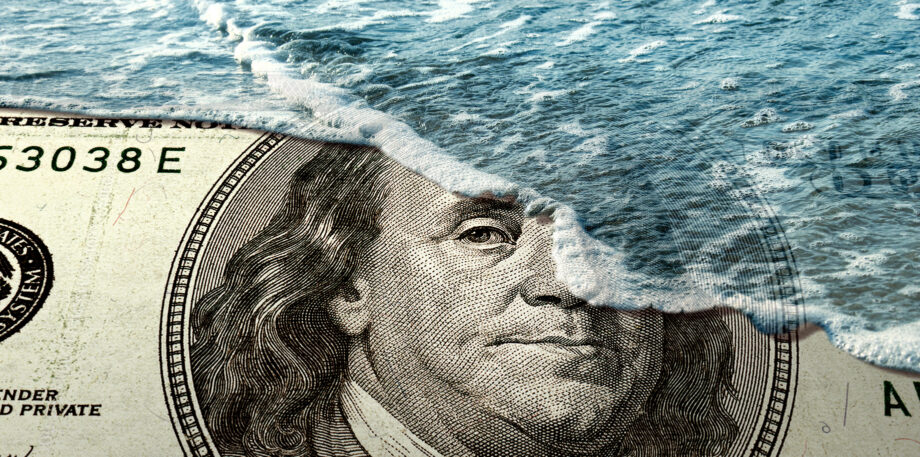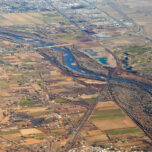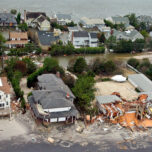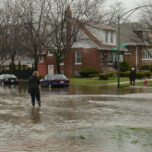October 18, 2023 —  When people think of the impacts of climate change, they often focus on physical harm, such as loss of homes and businesses to wildfire, or illness due to floods, wildfire smoke or heat. That physical harm, however, can easily lead to financial devastation. And, as a new report from the U.S. Department of Treasury shows, this is particularly true for those living in vulnerable areas or who are already teetering on the edge of financial difficulty. Fortunately, the report also offers specific advice on how to prepare for and minimize the economic harm climate change can leverage at a personal level.
When people think of the impacts of climate change, they often focus on physical harm, such as loss of homes and businesses to wildfire, or illness due to floods, wildfire smoke or heat. That physical harm, however, can easily lead to financial devastation. And, as a new report from the U.S. Department of Treasury shows, this is particularly true for those living in vulnerable areas or who are already teetering on the edge of financial difficulty. Fortunately, the report also offers specific advice on how to prepare for and minimize the economic harm climate change can leverage at a personal level.
“The Impact of Climate Change on American Household Finances,” published earlier this month, describes the multiple financial threats that extreme heat, wildfire and floods pose, ranging from job loss, to increased energy costs, to reduced ability to afford or even qualify for insurance.
In addition to listing potential impacts, the report identifies parts of the country that are most likely to experience three primary climate change consequences: floods, wildfires and extreme heat. And it identifies and maps the location of certain populations, such as those with low income, historically marginalized groups, elders and the disabled, that are most likely to be on the edge financially and therefore particularly at risk. Overlaying the two analyses reveals three hot spots where high risk and high vulnerability converge: Appalachia, the Mississippi Delta region and states that border Mexico..
The report offers concrete advice for such communities, as well as policymakers and individuals, about ways to minimize the risk of going over the financial edge as climate change increases the frequency and impact of disasters.
First is simply becoming more aware of the many ways in which climate change can create financial stress. Second, communities can shore up infrastructure such as stormwater management systems and heat shelters, while local, state, and federal governments can boost financial resilience through initiatives such as offering emergency help and financial education. Individuals, for their part, can boost their resilience with proactive moves such as improving their homes’ energy efficiency. In addition, they can make sure they are adequately insured, adopt online bill payment and direct deposit of paychecks, and take other measures that will help them roll with the punches when they come along.
“Alongside risks to the physical environment and health, climate change already imposes substantial financial costs on communities across the United States,” the report notes. “Taken together, the findings in this report are intended to build recognition of the present and future financial challenges that households face from climate change, and opportunities and strategies for promoting social and economic resilience.”
Related Posts
Ensia shares solutions-focused stories free of charge through our online magazine and partner media. That means audiences around the world have ready access to stories that can — and do — help them shape a better future. If you value our work, please show your support today.
Yes, I'll support Ensia!



